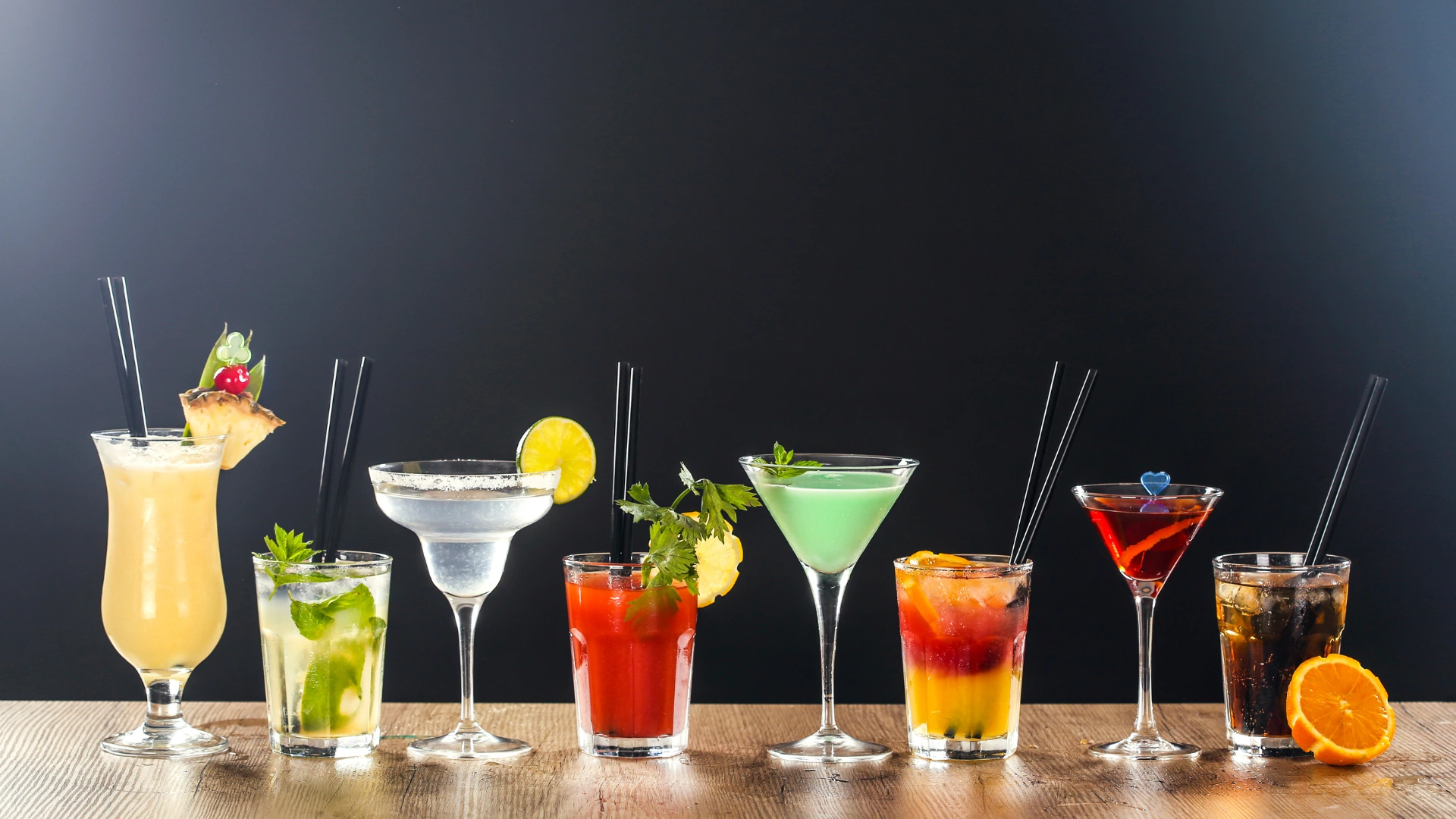Your Favorite Cocktail Is Killing You Slowly
Booze, cocktail, aperitif, giggle juice. These are all nicknames used in place of the word Alcohol. Honestly, giggle juice is much cuter, but it doesn’t eliminate the detrimental effects of the substance. Alcohol is deeply ingrained in many different cultures around the world. At the peak of a nice buzz, people may feel community, pleasure, excitement and boldness. However, the very next day may be filled with headaches, nausea, hangxiety, the sunday scaries… maybe even a DUI. As research on alcohol develops, scientists are finding that the widely accepted drug is much more dangerous than they thought, even in small quantities.
Misconceptions and Dangers of Alcohol

misconception: moderate drinking is harmless
Most people know about the clear dangers of alcohol, such as alcohol poisoning, liver damage, hangovers and death. However, most people only correlate these symptoms to excess drinking. Alcohol is considered a Group 1 Carcinogen and is linked to seven different cancers. According to the National Center for Biotechnology Information, moderate drinking increases the chance of colorectal cancer in men and breast cancer in women. In 2020, there were about two million new cases of breast cancer, and “100,000 of them were attributed to alcohol”. While light drinking reduces these risks, the World Health Organization concludes that there are no safe levels of alcohol consumption.
misconception: A glass of wine a day keeps the doctor away
Nearly a decade ago, a popular study suggested that red wine is good for heart health and has positive effects on memory. Spoiler alert: that’s been debunked. Researchers came to this conclusion because of the antioxidants in red wine. What they did not take into account is the amount of additives wine contains. In America, the FDA allows 76 additives, some of which Canada and the European nations have banned, to be included in the winemaking process. Further, American companies are not required to list these additives on any of the labels. Isinglass is a popular additive derived from fish bladder to make white wine clear. Mega Purple is a concentrate that is made of nearly 70% sugar and contains dyes. Natural wines (not organic) do have fewer additives because they are locally sourced and made by humans. When determining a safer wine option, it could be helpful to find out distribution information and look deeper into the manufacturer.
misconception: Drinking Beer is healthier than hard liquor
Just like wine, beer shares the same harmful qualities as liquor. Maybe the alcohol content is less, but usually, that leads people to drink a larger quantity of beer. Additionally, beer has its own set of additives that cause negative side effects. A common additive is glyphosate. Glyphosate is sprayed on wheat crops, and beer is made from wheat. According to Dr. Pedi Mirdamadi, this chemical destroys male hormone receptors. As for women, it slows the metabolism and throws off natural candida gut bacteria. Not only is it an endocrine disruptor, but moderate levels of beer consumption contribute to the loss of neurons in the neocortex and other negative effects on brain function.
Conclusion
As time progresses, it is becoming abundantly clear that this psychoactive substance does more harm than good to the body. It’s a common way for people to unwind at night, at events, or on the weekends, but it is important to note the hidden dangers that come with a few moments of fun. While many of you reading may consume alcohol, the goal of this article is not to make you change any of your choices. The goal is to spread information about individual well-being, debunk myths and encourage informed decision-making in the future.
Like this project
Posted Oct 17, 2023
Booze, cocktail, aperitif, giggle juice. These are all nicknames used in place of the word Alcohol. Honestly, giggle juice is much cuter, but it doesn't elimin…








